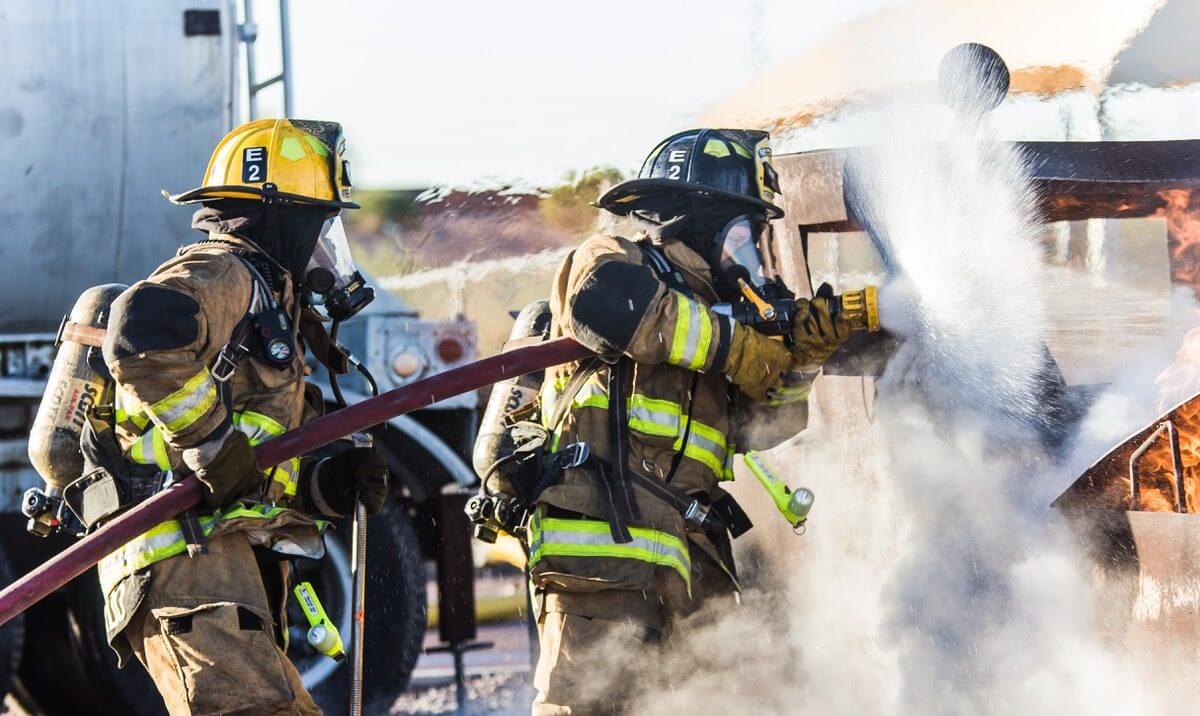
Fire Water Management – why is it so important?
Water is cheap, plentiful and an effective firefighting resource. It is widely used to tackle fires, though there are several exceptions where foam or another extinguishing product is necessary – one being where the fire involves flammable liquids, due to the following reasons:
- water has a density greater than most flammable liquids and sinks below the surface of the liquid before it can have a significant impact on the fire
- Some burning liquids become extremely hot and can cause water to boil soon after application
- Water used in an attempt to put out a fire involving flammable liquids can cause the container holding the liquid to overflow, contaminating the area and potentially causing the fire to spread.
Even when water is an appropriate tool for extinguishing fires, if it has been used to tackle fires involving chemicals (or in areas where chemicals are used or stored), there is a possibility that the water used can become contaminated and pose an ecological and health risk to the local area. The negative environmental impact of fire water run off can be seen in numerous examples, for example, when water used to tackle a fire in Basle in 1986 caused major pollution of the river Rhine, which had a severe impact for many kilometres downstream and lasted many years. There was also a fire at Allied Colloids in Bradford in 1992 which resulted in severe pollution of the Rivers Calder and Aire from fire-water, severely affecting aquatic life in the area. For this reason, fire water needs to be managed and contained appropriately to prevent it from harming people or the environment.
Fire Water Containment is one of the most effective methods of preventing fire water from causing pollution. There are a number of ways that fire water can be contained post-fire, from earth banked containment lagoons to portable tanks and overdrums, designed for the storage and transportation of medium hazard materials. These are often known as secondary or tertiary containment systems. Containment systems for the prevention of pollution are outlined in detail within the CIRIA 736 guidance, which was commissioned by the Environment Agency in 2012 following the Buncefield Oil Terminal explosion and fire in 2005
In order to determine where to position these Fire water containment systems and ensure that fire water run off cannot work its way into the water table and cause serious environmental contamination, it’s important to carry out a detailed assessment of the area, including mapping the drainage system and local water courses. When a report indicates that there is a significant risk of contamination from fire water run off, it’s imperative that steps are taken to reduce these risks in the interest of public health and the environment. This will also help you avoid the potential for legal action and costly losses which can arise when not managing this risk appropriately.
If you’d like more information about effective fire water management and fire water containment, please get in touch with Ashfield Solutions.


